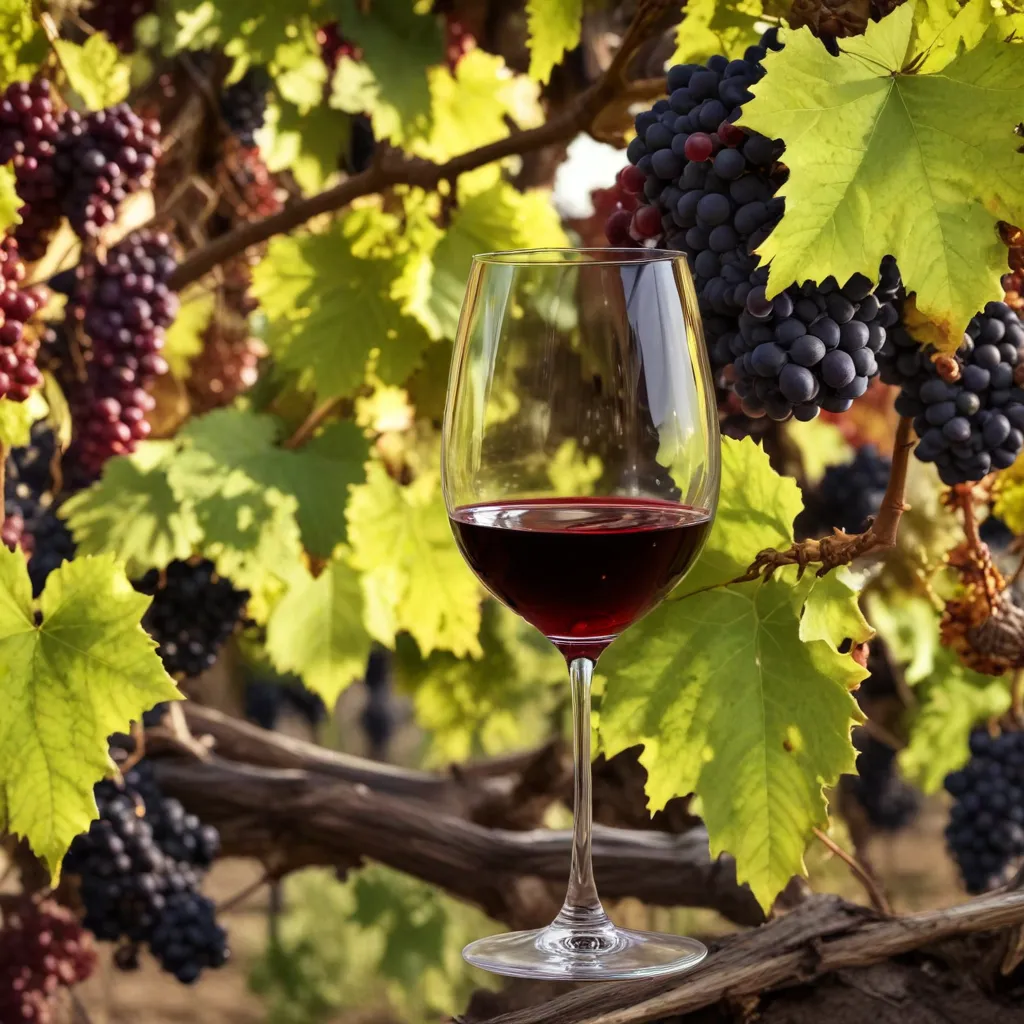
Uncovering the Science Behind Wine’s Complexities
Wine, that elixir of the gods, has captivated our senses for millennia. Beyond its delightful flavors and aromas, the very science that shapes wine’s character is a realm of endless fascination. From the intricate dance of yeast and bacteria during fermentation to the transformative powers of barrel aging, the world of wine is a tapestry of chemistry, biology, and artistry.
In this article, we’ll embark on a journey to uncover the scientific underpinnings that give wine its inimitable complexities, exploring the composition of this liquid treasure, the crucial role of yeast, and the myriad ways in which aging and oak influence the final product. We’ll then delve into the sensory aspects of wine, examining the aroma and flavor compounds that transport us to sun-kissed vineyards, the impact of terroir, and the very perception of complexity itself.
Next, we’ll turn our attention to the science of tasting, uncovering how our taste receptors interact with wine and the influential role of glassware. Finally, we’ll glimpse into the future, exploring the latest analytical techniques that are unlocking wine’s hidden depths, from profiling distinctive flavor profiles to unveiling previously undiscovered nuances.
So, let us raise a glass and delve into the captivating world of wine science, where every sip holds the promise of new discoveries.
The Chemistry of Wine
At its core, wine is a symphony of chemical compounds, each playing a vital role in shaping its character. The composition of wine is a delicate balance of sugars, acids, tannins, and a myriad of other molecules, all of which contribute to the wine’s unique flavor, aroma, and mouthfeel.
The story of wine begins with the grape, where the interplay of climate, soil, and viticulture practices gives rise to the raw materials that will be transformed into this liquid art. But the true magic happens during the winemaking process, where the role of yeast takes center stage. These microscopic workhorses are responsible for the crucial process of fermentation, converting the natural sugars in the grape juice into alcohol and releasing a symphony of aromatic compounds.
As the wine journeys from grape to glass, the influence of aging and oak becomes paramount. The process of aging, whether in barrels or bottles, unlocks a veritable treasure trove of flavors and textures. Compounds like tannins and oak-derived vanillins mingle, while subtle chemical reactions occur, softening the wine’s edges and creating a more harmonious and integrated profile.
Sensory Aspects of Wine
While the chemistry of wine is the foundation upon which its character is built, it is the sensory experience that captivates our hearts and palates. The aroma and flavor compounds present in wine are a tapestry of esters, terpenes, and methoxypyrazines, each contributing to the wine’s unique bouquet and taste.
But the story of wine’s sensory allure goes beyond the individual molecules. The concept of terroir, the unique blend of climate, soil, and viticultural practices, imparts a distinct signature to each wine, evoking a sense of place that is as captivating as it is elusive.
It is this perception of complexity that sets wine apart, inviting us on a journey of discovery with every sip. As our senses are engaged, our brains are challenged to unravel the layers of flavors, aromas, and textures, creating a sensory experience that transcends the mere act of drinking.
The Science of Tasting
The true appreciation of wine is not merely a matter of taste; it is a symphony of sensations that engage our entire being. At the heart of this experience lie our taste receptors, which interact with the myriad compounds present in wine, interpreting their signals and translating them into the flavors we perceive.
But the tasting experience is not solely dependent on our biology; the influence of glassware plays a crucial role in how we experience wine. The shape, size, and material of the glass can profoundly impact the way aromas are released, flavors are perceived, and the overall impression of the wine.
Ultimately, the appreciation of wine is a deeply subjective experience, influenced by our individual preferences, cultural backgrounds, and personal experiences. Understanding the science behind tasting allows us to approach each wine with an open mind, embracing the nuances and complexities that make every sip a unique and captivating journey.
Advances in Wine Analysis
As our understanding of wine’s chemistry and sensory properties deepens, the field of wine analysis is rapidly evolving, unlocking new frontiers of discovery. Analytical techniques, such as gas chromatography-mass spectrometry and high-performance liquid chromatography, are enabling researchers to delve deeper into the molecular composition of wine, profiling distinctive flavor profiles, and uncovering previously hidden complexities.
These advancements are not merely academic; they hold the power to transform the way we understand, appreciate, and even produce wine. By uncovering the hidden complexities within each bottle, scientists and winemakers alike can refine their craft, creating wines that better reflect the unique terroir and the winemaker’s vision.
In the years to come, we can expect to see even more exciting developments in the world of wine science, as researchers continue to push the boundaries of our understanding. From unraveling the intricate microbial communities that shape the fermentation process to exploring the impact of climate change on the global wine industry, the future of wine science is indeed a thrilling prospect.
As we raise our glasses and savor the complexities of this liquid treasure, let us remember that behind every sip lies a tapestry of science, art, and the boundless creativity of the human spirit. The journey of wine is one of discovery, and in uncovering its secrets, we unlock a deeper appreciation for the marvels that nature and human ingenuity can create.
